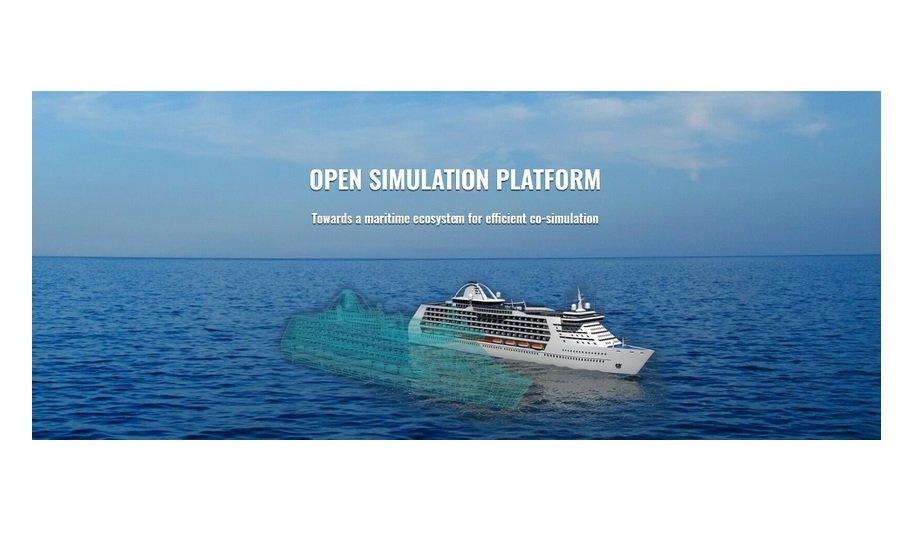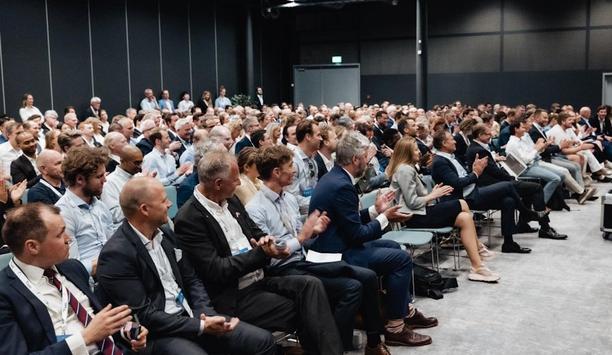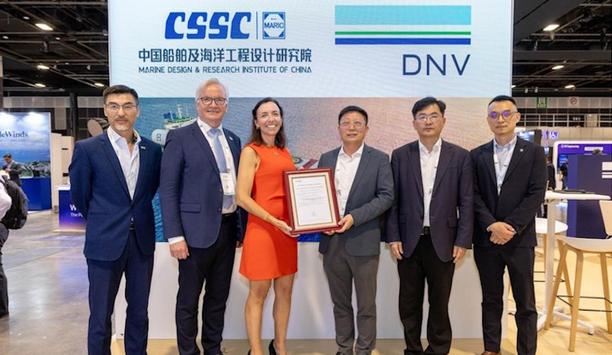At a recent online webinar, the Open Simulation Platform (OSP) joint industry project (JIP) announced the results of its two-year project run and the intention to transition into an open source community.
The project, which attracted some twenty partners, including founding participants DNV GL, Rolls-Royce Commercial Marine (now Kongsberg Maritime CM), SINTEF, and NTNU, was focused on the co-simulation of maritime equipment, systems, and ships, to enable cross-organisational collaboration.
Smarter equipment and systems integration
OSP creates both a community and tools that would help the maritime industry deal with this increasing complexity
Over the last decade or more, maritime assets have been becoming increasingly more complex. This has brought obvious benefits, but also some challenges as the increasing use of software, both in design and build, the integration of smarter equipment and systems, and a gap in systems engineering traditions can be made it harder for maritime stakeholders to work together.
Since its launch in 2018, the OSP has set out to create both a community and tools that would help the maritime industry deal with this increasing complexity by providing the maritime industry with a new toolset, and enabling the efficient and effective creation and maintenance of digital twins for system integration, testing, and verification.
Cyber-physical systems
“Complex cyber-physical systems are being progressively installed industry-wide, and their performance depends more and more on their control software,” says Dr. Pierre C Sames, DNV GL Group Technology and Research Director.
Dr. Pierre C Sames adds, “Being able to predict the behaviour of several integrated control software packages during the design, construction, approval and/or operation phase is the key problem that OSP can help to solve.”
Control software
The OSP JIP launched the results of two years of development with the release of:
- An open-source co-simulation software, hosted on GitHub.
- An interface specification for maritime simulation models.
- A set of open-source reference models and system configurations.
- Three use cases that demonstrate the usage and value creation of the OSP toolset.
These deliverables mark the close of the JIP and its transition into an OSP community for the continued development of the open source components, and the start of the development of a new DNV GL-hosted OSP Trust Centre.
OSP Trust Centre
The OSP Trust Centre will build on the four deliverables listed above, and it will host a secure co-simulation environment for cross-organisation collaboration in designing, building, operating, and assuring digital twin systems and ships. The Trust Centre is planned for launch in February 2021.











